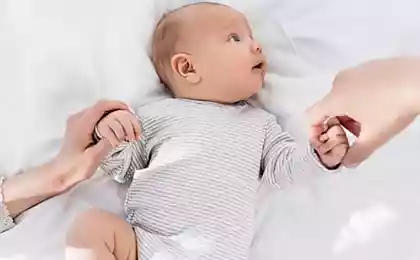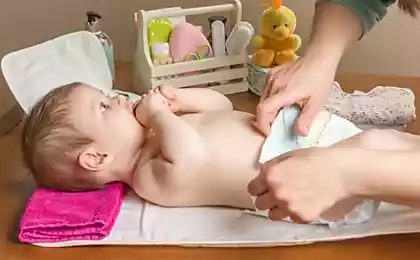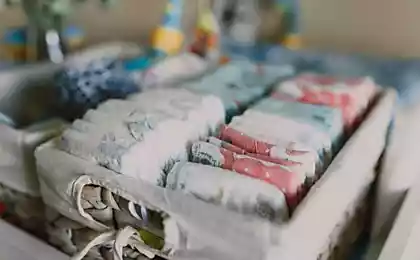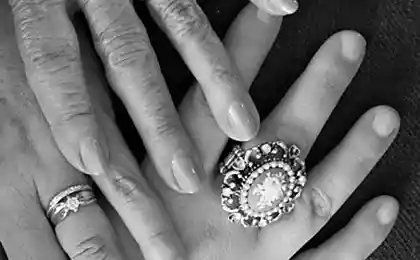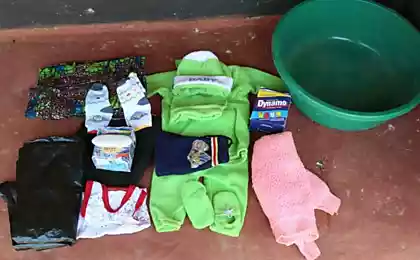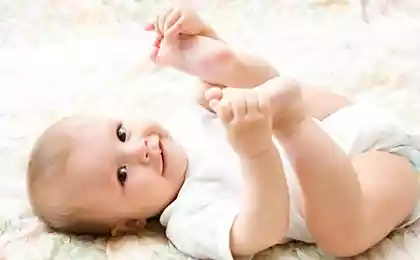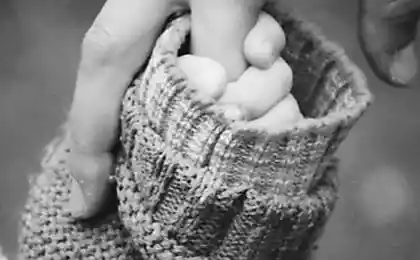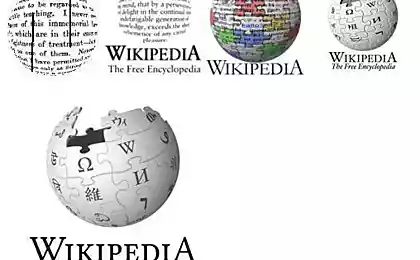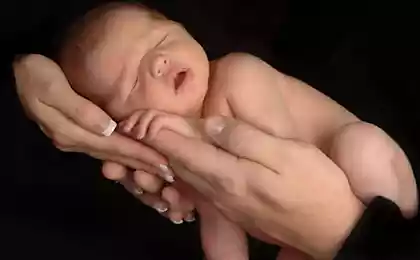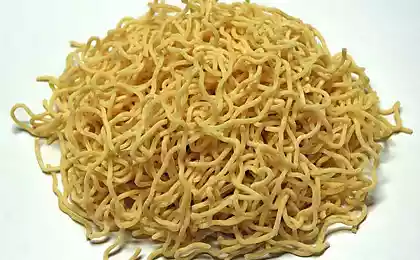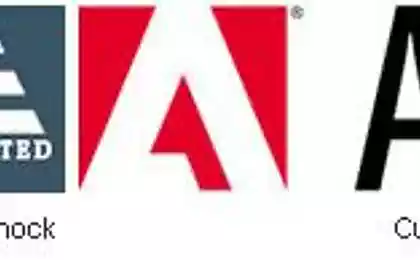420
Who invented diapers
People have invented many ways to cover (figuratively) his fifth point. And only a few people are thinking about how to cover someone else's — in the truest sense of the word. As a result, parents all over the world got a little bit of freedom, but in dictionaries there is a new a household name — a diaper.
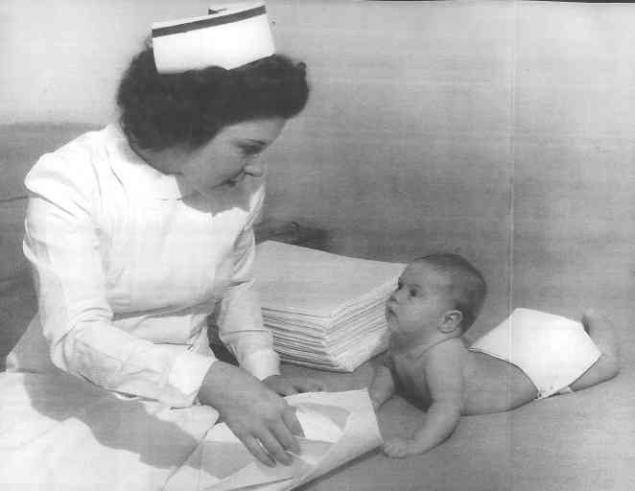
First on easing the plight of young parents thought American inventor Marion Donovan. In 1946, using waterproof curtains for the bathroom, she made a case for the cradle, protecting the sheets in the crib from getting wet. The final version was made of parachute nylon and have plastic buttons as closures. In 1951, Marion received a patent for his invention, which became popular. But attempts to create disposable absorbent baby diaper, paper backed failed: the paper company, approached Marion, just picked it up to scorn, saying that "it is impractical and nobody wants".
In 1957 fell from the hands of Donovan, the baton was picked up by Victor mills, one of the leading chemists of Procter & Gamble. By the time he has been with the company for 31 years and thanks to its ingenious solutions, transforming the problematic products in the bestsellers, earned a reputation as a man capable of performing miracles (in particular, he developed the technology for the production of Pringles potato chips). It is not surprising that Mills were requested of management. P&G recently acquired Charmin Paper Company and needed ideas for the production of paper.
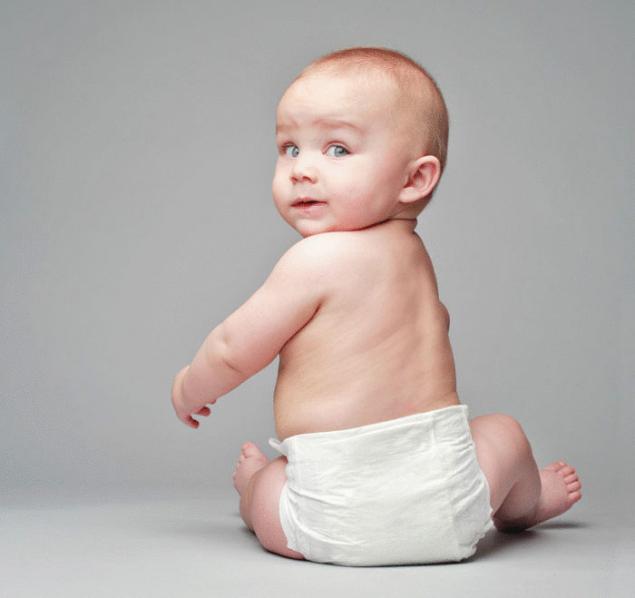
Victor by that time had recently become a grandfather, so the idea for disposable paper diapers was close to him. He consulted the paediatricians, who warmly endorsed his proposal. The research Department of P&G went to the toy store where it was purchased a few popular at the time "pissing" dolls Betsy Wetsy. It was tested disposable absorbent diapers. And soon began testing on humans — in fact, three grandchildren mills and the twins his colleagues Bob Duncan. The first diapers were pretty simple — square pieces of absorbent paper coated with polyethylene and fastening with pins — and worth, translated into today's money about half a dollar apiece. But even like this they made a real revolution, when it was released in Illinois in 1961.
The global market is new product released under the brand Pampers in the early 1970-ies and immediately became a bestseller. Later the paper was replaced by a superabsorbent material, developed in the late 1960s, chemists Johnson &?Johnson and Dow Chemical. Now in the world are sold annually 30 billion disposable diapers. I wonder what people think about this, the representatives of the paper companies, failed to support Marion Donovan?
source
Source: /users/60

First on easing the plight of young parents thought American inventor Marion Donovan. In 1946, using waterproof curtains for the bathroom, she made a case for the cradle, protecting the sheets in the crib from getting wet. The final version was made of parachute nylon and have plastic buttons as closures. In 1951, Marion received a patent for his invention, which became popular. But attempts to create disposable absorbent baby diaper, paper backed failed: the paper company, approached Marion, just picked it up to scorn, saying that "it is impractical and nobody wants".
In 1957 fell from the hands of Donovan, the baton was picked up by Victor mills, one of the leading chemists of Procter & Gamble. By the time he has been with the company for 31 years and thanks to its ingenious solutions, transforming the problematic products in the bestsellers, earned a reputation as a man capable of performing miracles (in particular, he developed the technology for the production of Pringles potato chips). It is not surprising that Mills were requested of management. P&G recently acquired Charmin Paper Company and needed ideas for the production of paper.

Victor by that time had recently become a grandfather, so the idea for disposable paper diapers was close to him. He consulted the paediatricians, who warmly endorsed his proposal. The research Department of P&G went to the toy store where it was purchased a few popular at the time "pissing" dolls Betsy Wetsy. It was tested disposable absorbent diapers. And soon began testing on humans — in fact, three grandchildren mills and the twins his colleagues Bob Duncan. The first diapers were pretty simple — square pieces of absorbent paper coated with polyethylene and fastening with pins — and worth, translated into today's money about half a dollar apiece. But even like this they made a real revolution, when it was released in Illinois in 1961.
The global market is new product released under the brand Pampers in the early 1970-ies and immediately became a bestseller. Later the paper was replaced by a superabsorbent material, developed in the late 1960s, chemists Johnson &?Johnson and Dow Chemical. Now in the world are sold annually 30 billion disposable diapers. I wonder what people think about this, the representatives of the paper companies, failed to support Marion Donovan?
source
Source: /users/60
